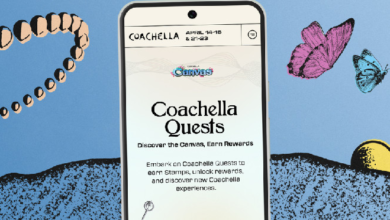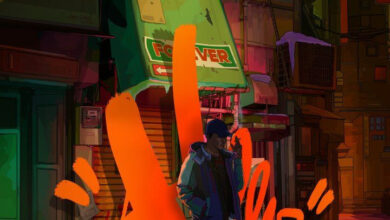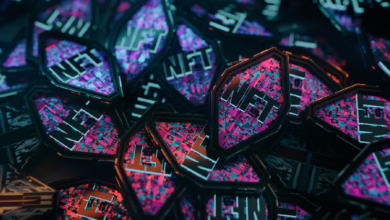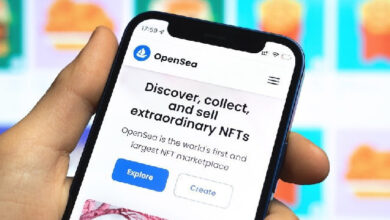Museums and Galleries Are Embracing Digital Art, Exploring AI
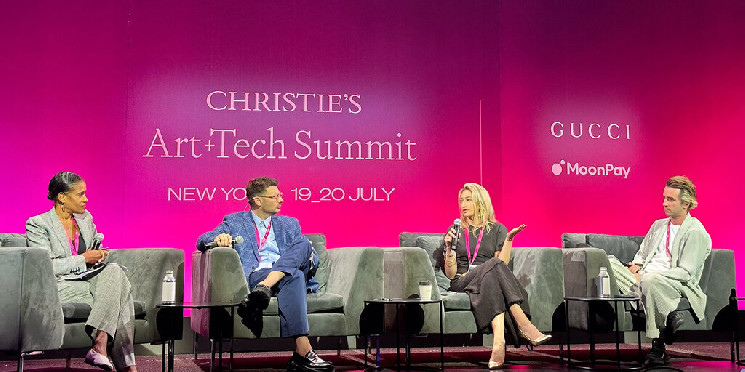
“Web3 is expanding art institutions’ reach into audiences it didn’t have access to before,” said Madeleine Pierpont, Web3 Associate for the Museum of Modern Art (MoMA). “Digital art is one of the most accessible art forms of any art form that exists because it can live in so many places in our lives.”
The insight was one of many that emerged from a panel discussion at the world’s largest art auction house, Christie’s, in New York. This year’s Art+Tech Summit program included a session titled “AI, Digital Assets and the Future of Museums and Galleries.”
The conversation largely revolved around how Web3, Non-Fungible Tokens (NFTs) and AI are impacting the art landscape worldwide.
Digital art isn’t new to MoMA, Pierpont said, pointing to the institution’s involvement in the space since 1960. The more recent emergence of blockchain and NFTs have prompted MoMA to create a multidisciplinary Web3 team.
Lukas Amacher, Managing Director of 1OF1—a collector’s club that specializes in digital art—explained that the zeitgeist is “art in the digital age, rather than digital art.” According to him, NFT’s are the “enabler” that told them “collecting digital objects makes sense now.”
The cryptocurrency space, meanwhile, is still in its infancy, a sentiment that Anthony Troisi, Director of Finance & Operations for the Miami Institute of Contemporary Art echoes. “We recognize that it is very early,” he said, adding that they are working with the tech community to “create best practices” and exploring what this new reality means.
Artificial Intelligence (AI), which has gained a substantial amount of momentum over the past months, was briefly addressed during the session. The moderator, New Museum Deputy Director Isolde Brielmaier, asked about the threat it might pose to the artistic and curatorial process.
“I think AI is a tool,” said Pierpoint, adding that “I don’t see much legitimacy in the sort of threat of AI on artistic production, and curation.”
Anthony Troisi was on board with her view, claiming the “human curation aspect is always first and foremost,” although in his view, AI can “facilitate some of the more labor intensive research components of the curation task and possibly draw connections that you wouldn’t otherwise have drawn individually.”
The Art + Tech conference continues through tomorrow.


